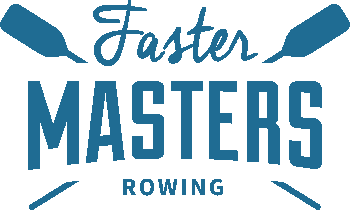Blade depth on the drive | Faster Masters Rowing Radio.
Support this show with a donation if any of the information is helpful for your rowing.
Timestamps
02:30 What should your blade depth be?
Keep the top edge consistent, level and covered by the water at this height through the drive. Important for an effective drive. It affects the length of time the oar is in the water.
Common errors with blade depth
04:00 common errors with blade depth
- Going too deep
The blade has floatation and will sit in the water at the correct height if you just leave it sitting there with no pressure. Add pressure to the blade does bury it a little more.
2. Lifting the hands too high causes deep blades.
Use the reference point for the handle “aim for where your knees were” Norm Graaf’s advice.
3. Opening up the body too early on the drive sequence.
If the body lifts away from the knees this causes the blades to go too deep “rowing up over the barrel”.
4. The blade is not fully square when it goes into the water.
This causes it to dive deep. Is there enough height above the water to square on the recovery? A solution is to relax the handle. If you hold too tightly the water isn’t able to fix the blade depth and square placement.
Blade depth drills
09:30 Drills and skills to build blade power
1. Row in circles
Leave one blade flat on the water with the handle next to your body. Row with the opposite hand. Watch your blade as you row – make corrections to the depth. Check the waterline on the oar shaft – it should stay consistent until the oar comes out of the water.
2. Backing down drill
13:45 Backing down drill
Keep the blades in the same position as you row (don’t counter-feather). Build your confidence increasing the stroke length from arms only to full slide backing. You can see your blades as you back.
Practice the correct recovery sequence – arms / body / legs flow up the slide as your hands separate. Practice in sweep and sculling boats.
3. Half blade depth drill
16:30 Half blade depth drill
Row with your oars half way out of the water. Requires more control over the oar – finesse. You can’t row hard but allows you to practice the handle control. Practice full blade depth as well.
4. Bungee rowing drill
20:00 Put the elastic bungee to the stern of your foot stretchers. This slows down the boat on the recovery and gives you resistance feedback.
Try rowing one stroke with power and one light pressure easy alternating. Goal is to apply pressure to the handle keeping the blade at the correct depth.
4 sets of 8-10 strokes focusing on higher power.
5. Vary pressure through the stroke drill.
21:45 Change from quarter to half pressure (50%) at the release. Row 20 strokes with this focus.
Then go from 50% up to 75% pressure at the release. Maintain handles horizontal and drive length through the water. Lastly try 75% up to 100% full pressure.
6. The silent pyramid exercise
23:30 This helps build up to full pressure strokes; it also helps concentration. Start with 1 stroke with power and 1 stroke easy light pressure; then 2 on and 2 off; 3 on / off;
Up to 10 strokes with power and 10 strokes off easy – then work your way back down the pyramid, 9 – 8 – 7 down to 1 stroke.
Long covid and rowing
26:00 Managing training with long Covid
The effects take a long time to recover after illness. A useful measurement is heart rate variability. Morning resting heart rate gives you a norm. If you are fatigued from training this will change – elevate.
Rule of thumb 5 beats above normal you should take it easy that day or do a light training to keep your heart rate low.
28:30 Heart rate variability – measures the amount of time between heart beats. This reacts to how much fatigue you have and indicates if your body is in a relaxed or stressed state. It indicates whether your sympathetic nervous system is over-active (fight or flight). In a relaxed state your parasympathetic nervous system is activated.
Measure using an app like HRV4Training it measures heart rate and asks questions about your lifestyle – sleep, training, injury. The factor is personal to you and indicates what’s normal for you.


